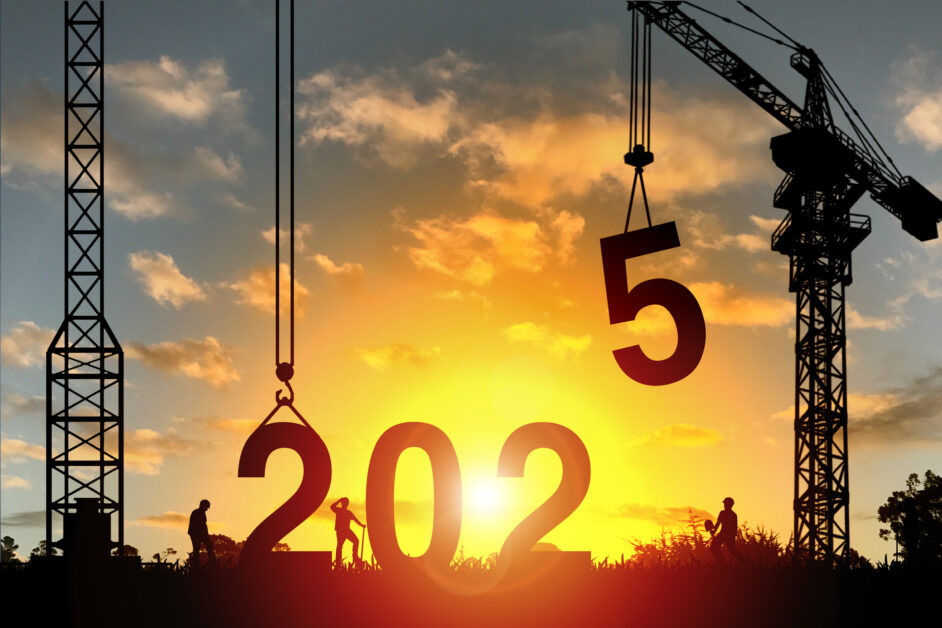This post has been on my mind for a while, and since we just passed Asteroid Day (I didn’t know it was a thing either), now seemed like the perfect time to share. A few weeks back, I was trying to explain the purpose of HR Acuity to a non-HR friend and he wasn’t getting it. He couldn’t understand why a dedicated system for tracking ER issues made sense … then it finally clicked. He said, “So basically what your system does is track all of these issues, some big and some small, so that at any given time a company can see how many of each they have going on. Sounds just like those systems they use to track asteroids that could crash into the Earth.” I couldn’t have said it better myself.
As we all know, there are the tiny meteors that burn up in our atmosphere that we call shooting stars, medium-sized ones that can do real damage to a small region and then there are big ones that make massive holes like this:

So how does that apply to Employee Relations Issues? Here’s my non-scientific table:
| Medium-sized Asteroid | Big “Armageddon-type” Asteroid |
|---|---|
| Dress code | Harassment |
| Attendance | Discrimination |
| “Minor” performance issue | Fraud |
| Request for Accommodation | Workplace Violence |
WHAT TO TRACK?
I don’t know about you, but I’d prefer we track as many asteroids as we possibly can, since even a small one could ruin your whole day. We should do the same with ER issues for two reasons: first, sometimes ER issues look small at first then quickly become big (minor performance issue turns into hostile work environment, etc) and second, just like asteroids, if a bunch hit in the same spot around the same time it could be just as damaging as one big one. So if a particular region (or manager) has a high volume of seemingly small ER issues occurring, having insight into those issues will allow the business to bring the right tools to bear to address the underlying factor (training, policy update, etc.).
THE CHALLENGE
Just like asteroids, tracking ER issues is tough and requires dedication. Many organizations we see only track big issues that come through their employee hotline. While this is commendable, it’s really only the tip of the iceberg in terms of what’s really happening in the business. Issues come up from people managers, HRBP’s and the ER team themselves, just to name a few. Furthermore, tracking smaller issues (like coaching or performance conversations) can be a time drain if not handled properly. With this in mind, take the time to ensure that whatever solution you deploy allows users to actually “do the work” in the tool … meaning involved party interviews, case notes and of course the final case report. Asking someone to document their issue/investigation in one system and track it in another doesn’t scale and generally leads to resistance.
THE PAYOFF
Imagine being able to quickly and easily see what type, location and group every single issue mapped to. Then imagine being able to look at issues by manager and using this data to create a trend line for the last year. Finally, imagine being able to easily see actions taken on every issue of a certain type. VP of Sales wants to know how many people are on a PIP as of this moment? With a dedicated system, finding that information is no problem, and it’s just the beginning of what can be understood.




